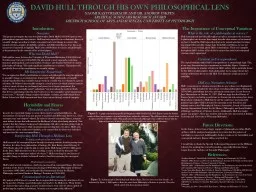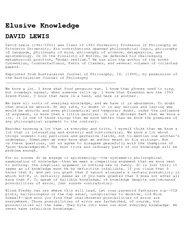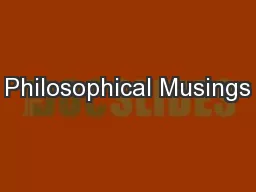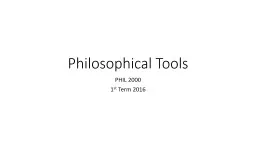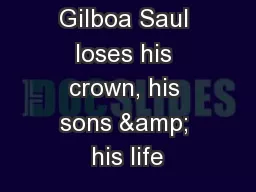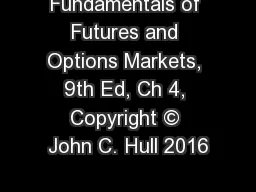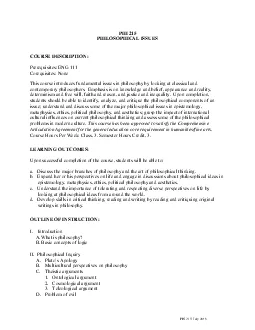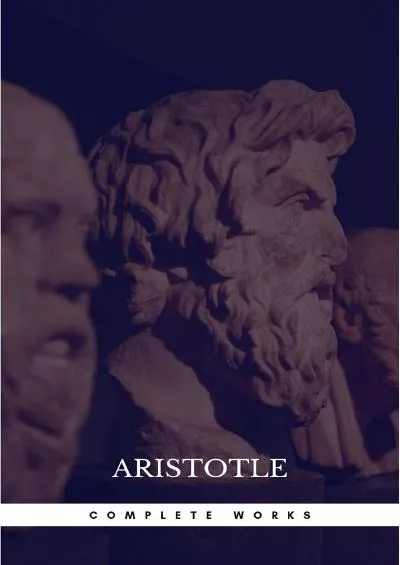PPT-David Hull Through his own philosophical lens
Author : pasty-toler | Published Date : 2017-05-21
Naomi Kasturiarachi and Dr Andrew Inkpen Archival Scholars Research Award Dietrich School of Arts and Sciences University of Pittsburgh Introduction Summary This
Presentation Embed Code
Download Presentation
Download Presentation The PPT/PDF document "David Hull Through his own philosophical..." is the property of its rightful owner. Permission is granted to download and print the materials on this website for personal, non-commercial use only, and to display it on your personal computer provided you do not modify the materials and that you retain all copyright notices contained in the materials. By downloading content from our website, you accept the terms of this agreement.
David Hull Through his own philosophical lens: Transcript
Download Rules Of Document
"David Hull Through his own philosophical lens"The content belongs to its owner. You may download and print it for personal use, without modification, and keep all copyright notices. By downloading, you agree to these terms.
Related Documents

